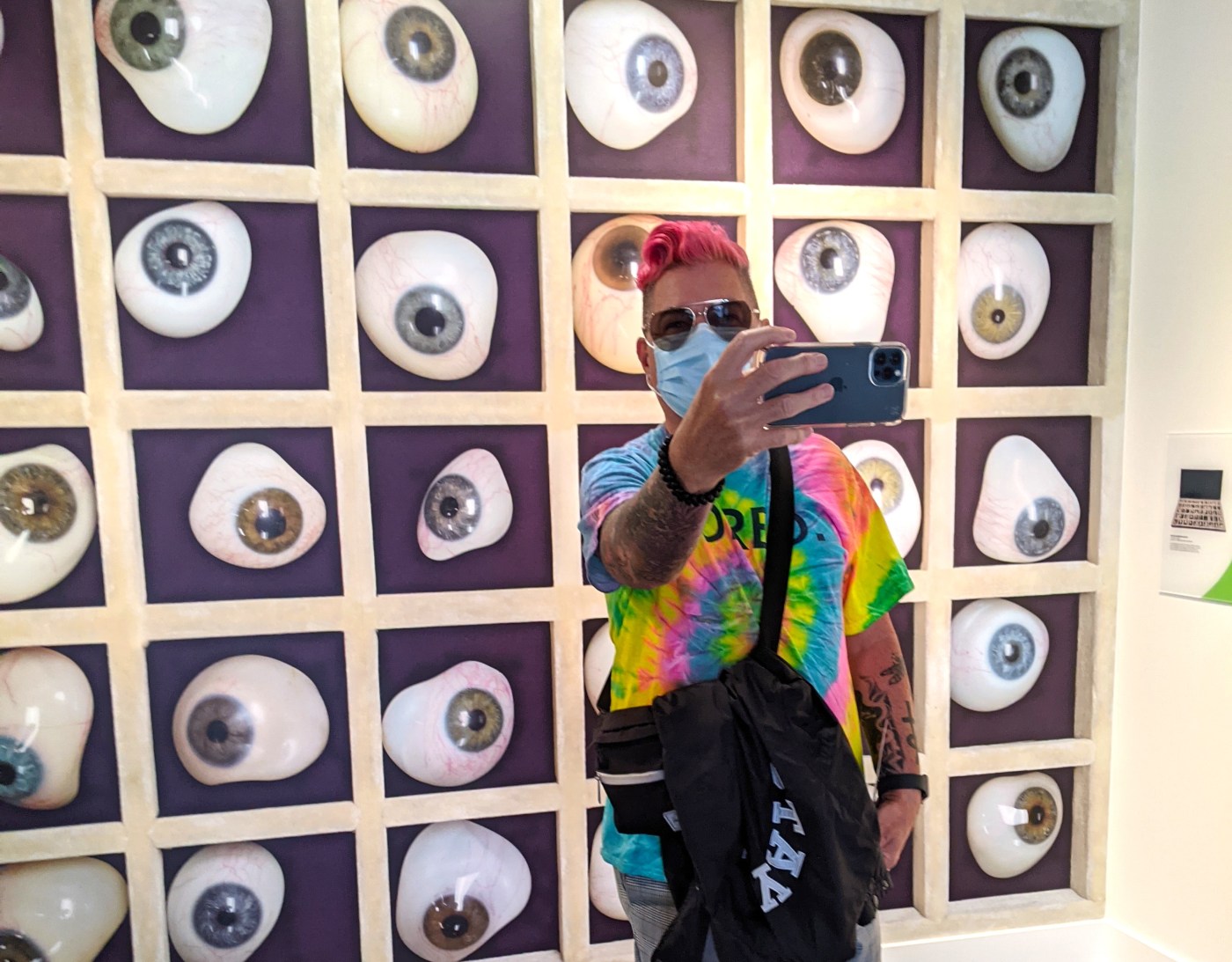
Did you know the oldest surviving medical text in Japan to mention eye disease hails from the 10th century and is called the Ishinpo? And that this treatise describes an early form of cataract surgery that involves dislodging the lens of the eye with an oversized needle, all without anesthesia?
Related Articles
National Portrait Gallery head resigns two weeks after Trump called for her firing
Bay Area arts: 10 shows, concerts and fests to catch this weekend
Los Gatos develops plan to reduce projected $3.7 million deficit
A San Francisco art show resurrects famed books that were lost to history
Treasure Island: Hidden art and a historic trial among its glorious past and future
Now you do, thanks to a special exhibit running until spring 2026 at San Francisco’s Truhlsen-Marmor Museum of the Eye, titled “West Meets East: Eye Medicine in the Asia-Pacific.” This unique show is at times cringe-inducing for those who don’t like sharp objects around their peepers, but it’s also highly informative when it comes to chronicling how ophthalmology developed in Asia, covering a stretch beginning in ancient society to beyond the period of Western colonization.
Visitors can check out artifacts from China, Japan, Sri Lanka and the Philippines, and learn about literally eye-opening treatments and surgeries informed by religious texts and a whole lot of experimentation. The exhibit is located in the Museum of the Eye, in San Francisco’s see-worthy Fisherman’s Wharf neighborhood.
Details: Summer hours are 11 a.m.-4:30 p.m. Wednesday through Sunday; Museum of the Eye, 645 Beach St., San Francisco (on the ground floor of the American Academy of Ophthalmology); free admission; www.aao.org/museum